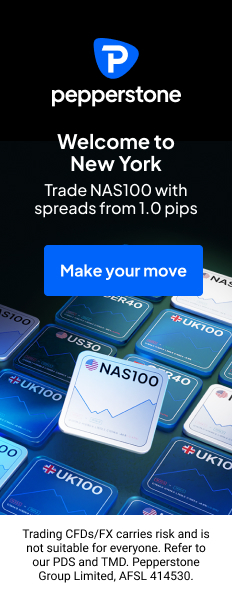DeFi moves fast. Really fast. One day you’re learning about yield farming, the next there’s some new Layer 2 everyone’s talking about. But here’s the thing that’s been bugging me lately – moving assets between different blockchains is still a pain. You’d think by now we’d have figured this out, but nope. Enter bridge aggregation, which might actually be the solution we’ve been waiting for.

Bridge aggregation basically takes all these different cross-chain bridges and DEXs and puts them under one roof. Instead of you having to hunt around for the best way to move your tokens from Ethereum to Polygon or wherever, the aggregator does the heavy lifting. Think of it like Kayak for flights, but for your crypto.
For developers, tools like the LI.FI SDK are making this whole process way less of a headache. Instead of trying to integrate with a dozen different bridges and keeping track of all their quirks, you can just plug into one SDK and call it a day. More time building cool stuff, less time wrestling with bridge APIs.
The Mess We’re Dealing With: Fragmented Liquidity
Here’s the problem – every blockchain is basically its own little island. Ethereum has its thing, Polygon has its thing, Arbitrum has its thing. They don’t really talk to each other naturally. So when you want to move assets around, you’re stuck doing this complicated dance between different bridges, comparing fees, and crossing your fingers that nothing breaks.
I learned this the hard way last year trying to get some ETH over to Polygon for a farming opportunity. Spent way too long on different bridge websites, trying to figure out which one wouldn’t eat me alive with fees. The whole experience was clunky and honestly kind of stressful – you’re always wondering if you picked the right bridge or if your transaction is going to get stuck somewhere.
This is where a good widget interface can save your sanity. Instead of juggling multiple tabs and trying to remember which bridge you used last time, everything happens in one place.
Bridge aggregation fixes this mess by creating a layer that connects all these separate ecosystems. You get access to deeper liquidity pools, better rates, and routes you probably wouldn’t have found on your own. It’s like having a GPS for cross-chain transactions.
How This Actually Works
The smart routing algorithms behind bridge aggregation are pretty clever. They’re constantly scanning gas fees, transaction speeds, available liquidity, and security factors to find you the best path.
Let’s say you want to swap USDC on Ethereum for MATIC on Polygon. The aggregator might route you through three different steps – bridge your USDC to another chain where the rates are better, swap it there, then bridge the MATIC to Polygon. Sounds complicated, but you don’t see any of that complexity. You just click a button and your tokens show up where they’re supposed to.
What I love about this is that it removes all the guesswork. No more spending 20 minutes researching which bridge to use or whether you’re getting ripped off on fees.
Where This Is All Heading
Bridge aggregation feels like a stepping stone to something bigger – a truly connected blockchain ecosystem. Right now we have all these different chains that barely talk to each other. But as more Layer 1s and Layer 2s launch, we need better ways to move between them.
I think bridge aggregators will become as common as DEX aggregators like 1inch. It just makes sense – why would you manually compare bridges when software can do it better and faster? The end goal is making cross-chain swaps feel as simple as swapping on Uniswap, and we’re getting closer to that reality.
The Challenges We Still Face
Of course, it’s not all smooth sailing. Security is still the big elephant in the room. Cross-chain bridges have been hacked more times than I can count, and aggregators need to be really careful about which bridges they integrate with. One bad bridge in the mix could compromise the whole platform.
There’s also the challenge of keeping everything up to date. DeFi moves so fast that what’s the best route today might be terrible tomorrow. Network congestion, liquidity changes, new bridges launching – aggregators have to stay on top of all of it in real time.
But honestly, these challenges feel solvable. The teams working on this stuff are smart, and the incentives are aligned. Nobody wants to be the aggregator that routes people through sketchy bridges.
The Bottom Line
Bridge aggregation is solving a real problem that anyone who’s used DeFi has run into. It’s making cross-chain transactions less of a chore and more of a seamless experience. As the space keeps growing and we get more chains, tools like LI.FI’s SDK are going to be essential for keeping everything connected.
The future of DeFi is definitely multi-chain, and bridge aggregation is what’s going to make that future actually usable for regular people. We’re not quite there yet, but we’re a lot closer than we were a year ago.


 Hot Features
Hot Features













